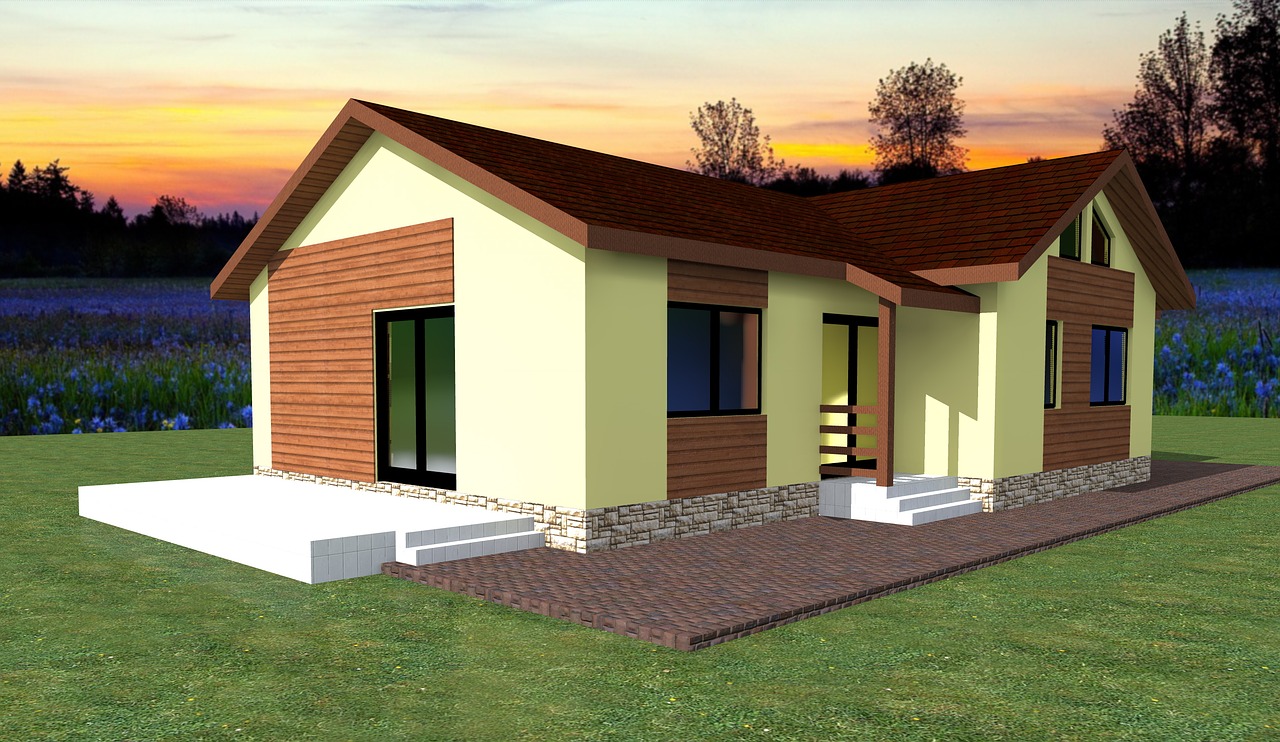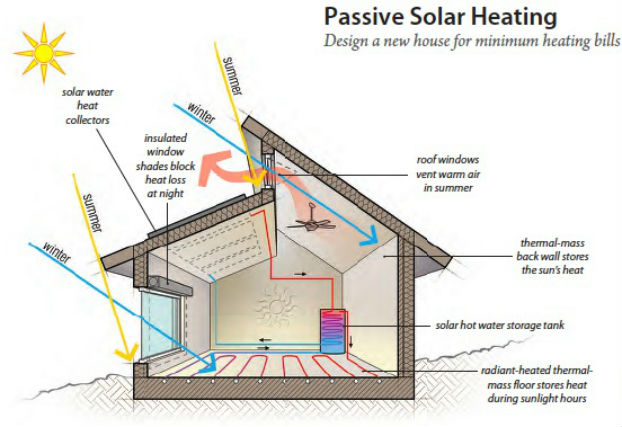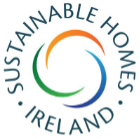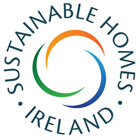Passive House Design
A Passive House is a building that is constructed to such a standard that there should be little or no need for artificial heating throughout its lifespan. Therefore, it must be:
- Insulated to the highest standards possible with virtual no thermal bridging throughout. See our Listing Pages for Roof Attic Insulation, Internal Wall Insulation and Exterior Wall Insulation.
- It must be airtight when all door are shut. See our lsting pages for Blower Door Air Tightness Testing
- Ventilation should be by mechanical means such as Heat Recovery Ventilation.
- Most windows should ideally be south-facing with little or no windows facing north. See our Listing Pages for windows doors and porches
- Only glazing units with the highest thermal performances should be considered.
- Fitted with solar hot water heating panels on the roof.
- Fitting solar pv panels for generating electricity using photo-voltaic cell technology would be an added bonus.
It would be very difficult to retrofit your existing home to Passive House Standard. However, you could achieve standards very close to a Passive if you follow the steps above. Trying to eliminate thermal bridging in older homes can be extremely difficult to achieve, an essential requirement for Passive House Standard.
Here are some excellent sources of passive house design information, The Passive House Academy in Ireland and the Passivhaus Trust in the UK.

passive house design
Solar Orientation
In the image below you will observe the critical solar pathways for your dwelling throughout the various seasons. To maximise the benefit of solar radiation, window elements are designed to maximise solar radiation in winter but control the solar radiation during the summer months.

solar radiation




